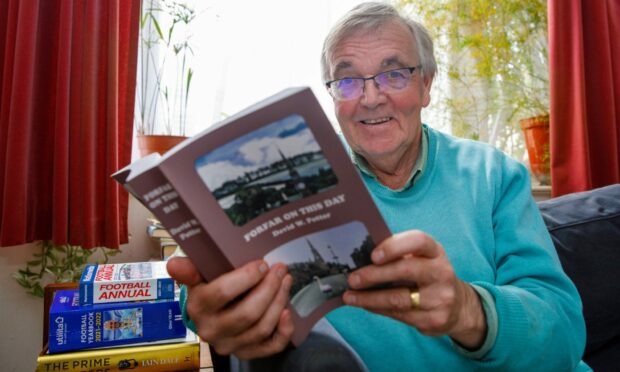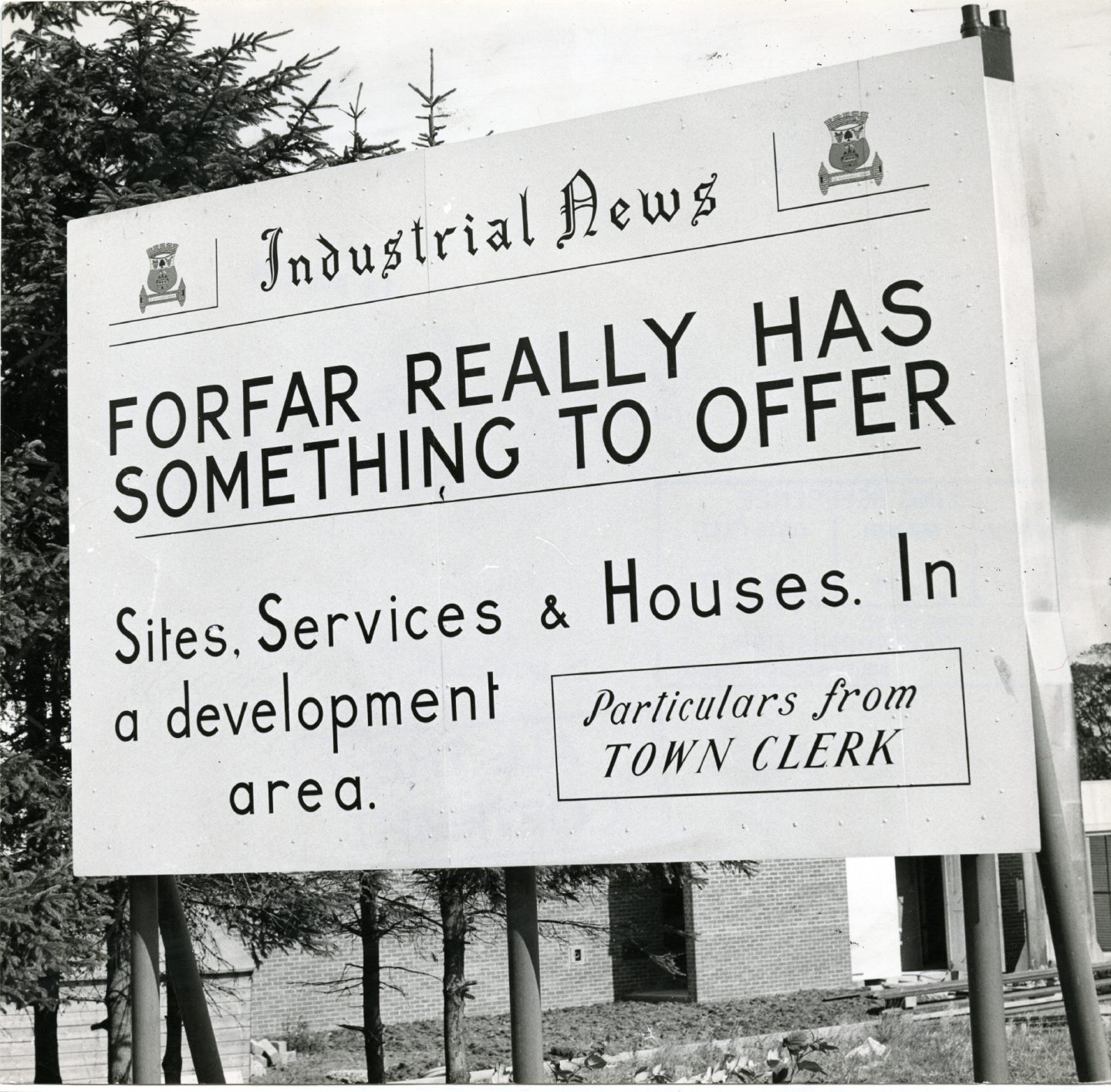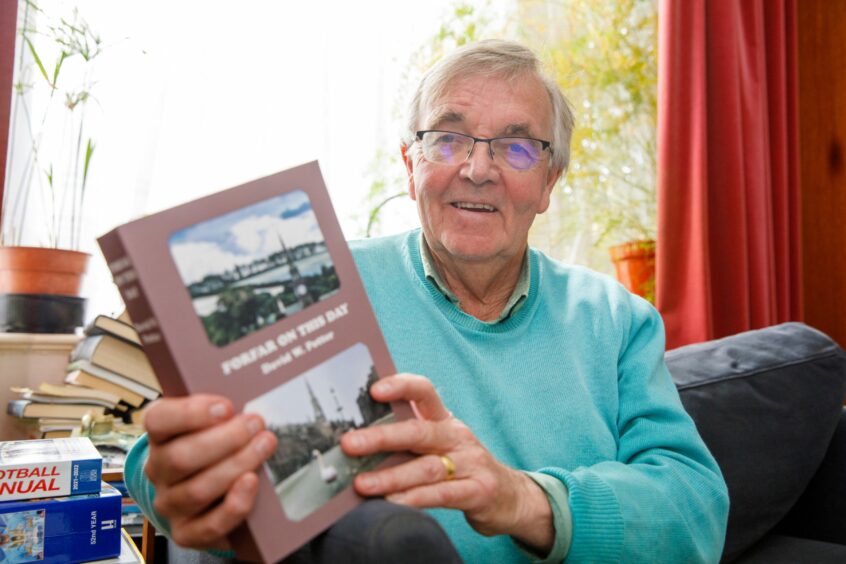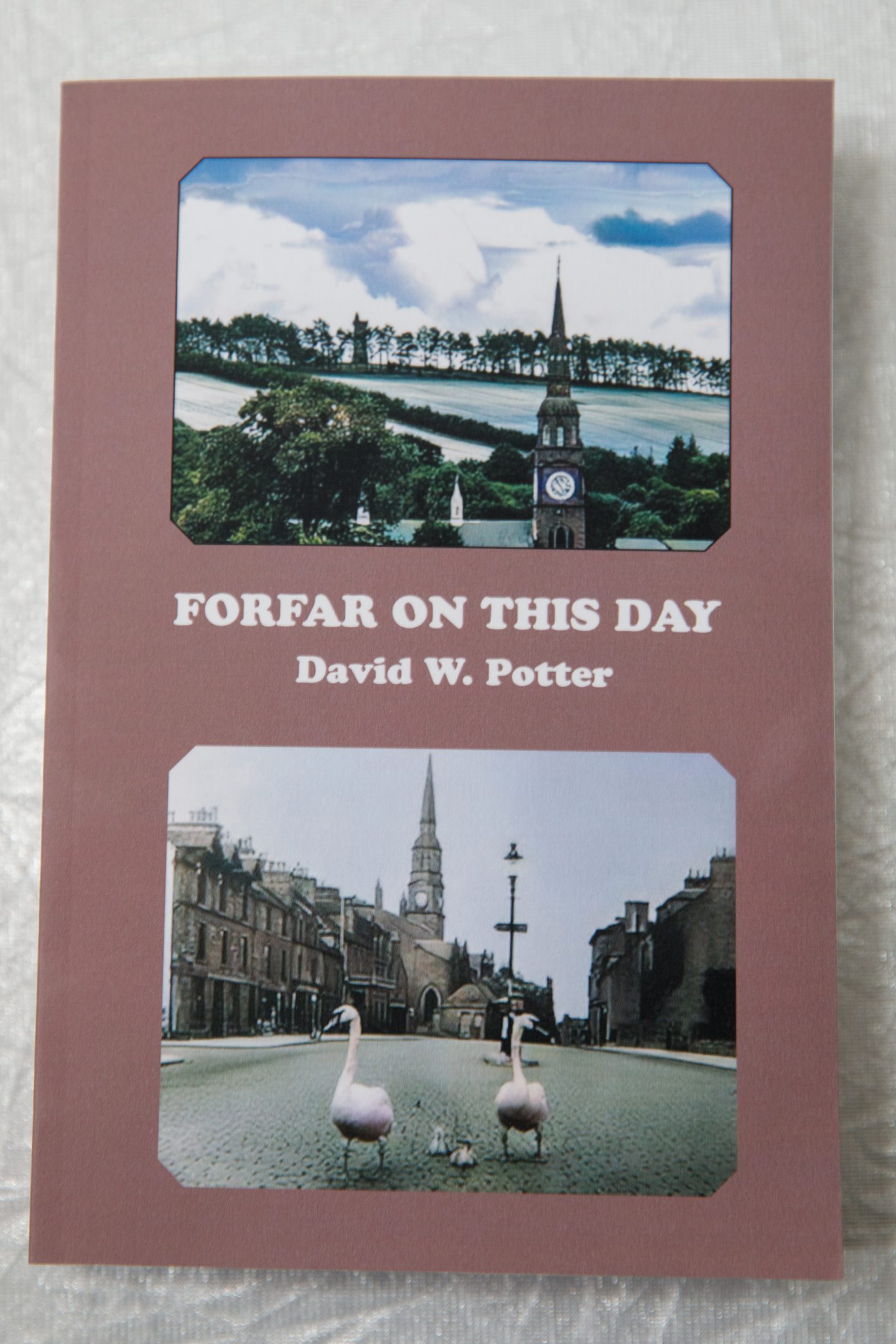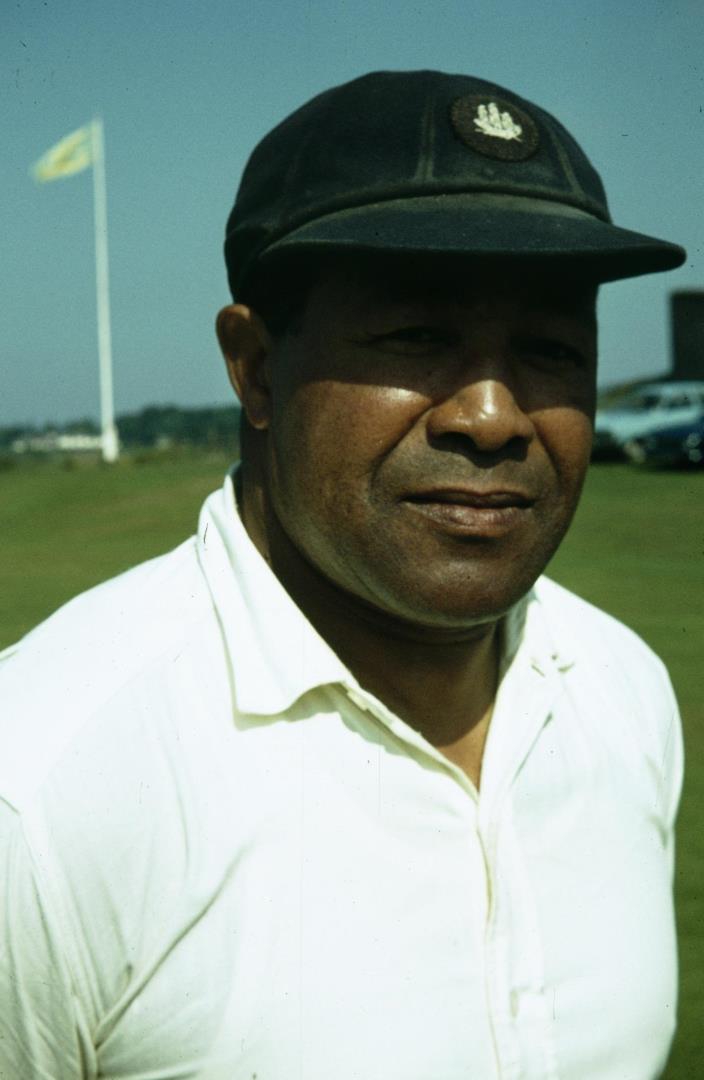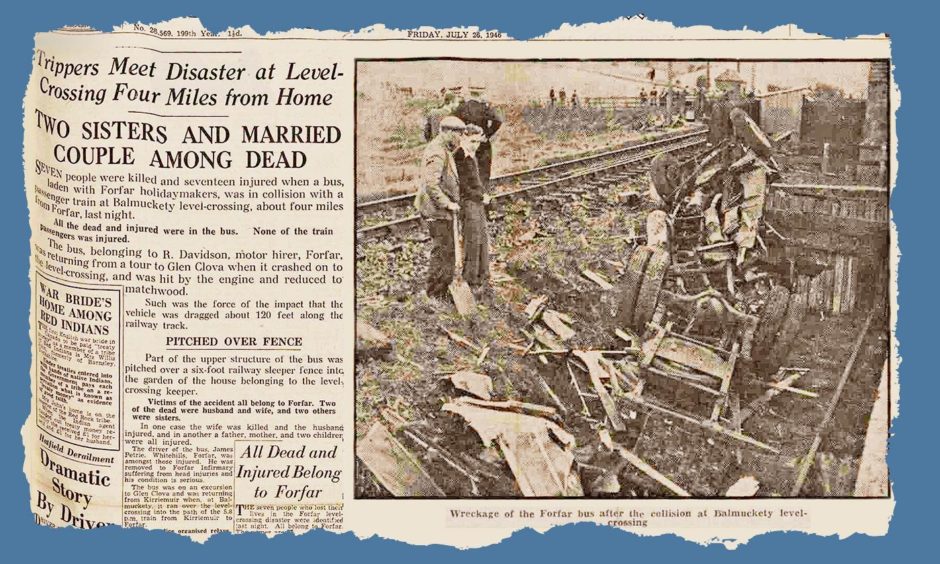A key event that happened on each day of the year in Forfar has been brought to life in a new book packed with fascinating facts and trivia.
Some events are the stuff of history and David Potter has brought them together to prompt memories of triumph and tragedy.
Forfar On This Day sees world wars interspersed with church socials and cycling events, the affairs of Forfar Athletic and Strathmore cricket club, tennis and golf.
The photographs throughout the book are augmented by period adverts from local traders and tradesmen, illustrating the development of the businesses – and the demands of their customers – created by the rise of the major industries.
“The writing of this book was a profound learning experience,” said David.
“Often there was tragedy, often there was comedy, but the whole thing increased my love and affection for the town that I am proud to call my own.
“And I hope the book encourages others to delve into the very rich history and traditions of the town.”
David was born in Forfar in 1948 and attended Forfar North and Forfar Academy before going to St Andrews University.
He taught Latin, Greek and Spanish at Glenrothes High School from 1971 until 2003 and became interested in sports writing after retiring.
David has already written On This Day books on Forfar Athletic, Raith Rovers, East Fife, Dunfermline Athletic and the town of Kirkcaldy.
That was when he decided to turn his attention to his birth town.
“I wanted the book to be diverse and include as much as possible, to give a flavour of life in the town, although this is certainly not a history of the town,” said David.
“It contains football, cricket, politics, drama, curling, deaths of famous Forfarians, accidents, wars, court cases and royal visits.
“Sometimes the entries are of deep national and international significance, like world wars.
“Oher entries are of little real significance to anyone other than those directly involved but nevertheless give a flavour of what life was like in the town on that particular day.”
So what are David’s favourite stories in the book?
David said: “My favourite entries are November 22 1889, featuring the astonishing and little-known factory strike and lockout of that year when the local press and the churches sided with the workers against the manufacturers; the visit of Glasgow Celtic to Station Park on February 21 1914; the opening of the Reid Park on June 27 1896; the tragic collapse and death in the pulpit of the minister of Forfar Old Kirk on November 25 1934 and the investigations for witchcraft on September 6 1661.
“The story about the press and local churches backing the workers against the jute manufacturers in 1889 was the one that surprised me most.
“That drove a horse and cart through some of my pre-existing suppositions of Victorian society!
“A few months previously, some Forfar workers had gone on strike at Craik’s because they felt they were underpaid in comparison with Dundee workers.
“The jute factory owners had then grossly overreacted by imposing a lock-out in every factory in the town.
“This high-handed and foolish action had alienated The Forfar Herald and, indeed, the rest of the town because the loss of earnings had affected everyone in the town while the workers and their families came close to starvation.”
Union leaders Adam Farquharson and Tommy Roy stood firm and the owners eventually cracked and offered improved pay to the workers.
“The workers returned to work on Monday,” said David.
“It was a long time, however, before the families of Don, Boath, Moffat, Craik and others were not jeered at on the street – they had lost most of all.”
Forfar has its own distinctive accent, its own culture and its way of life.”
David Potter
Ironically, the hymn The Sands of Time Are Sinking was being played when Reverend WG Donaldson collapsed and died in his pulpit on November 25 1934.
Rev Donaldson had been in his post at the Old Kirk since 1908 and was involved in the Boy Scout movement and the Freemasons.
“His funeral on November 29 saw strange things happening to ‘Lang Strang’, the bell in his beloved church,” said David.
“In the morning it pealed out joyously to celebrate the royal wedding between Prince George and Princess Marina of Greece and Denmark, but in the afternoon it changed tone for the funeral of Forfar’s much-respected and much-loved minister.”
Cricket legend
David’s book also brings to life the story of Bermuda cricket legend Nigel Hazel, who signed for Strathmore in 1954 and took the club to unimaginable heights.
In the 1960s, when he steered his previously unheralded club to national glory, the man nicknamed “Chopper” took a scythe to opponents far and wide and his personnel went all of 57 games without defeat from 1961 to 1965.
Then, in 1971, at the age of 50, he was the architect for Strathmore winning the Scottish Cup with victory over Kilmarnock in the showpiece tussle.
Also included in the book is one of the darkest days in Forfar’s history.
On July 25 1946 a bus carrying Forfar day trippers careered out of control on to a level crossing, where it was struck by a train passing at the exact same moment.
Seven people were killed instantly in the collision and 17 more were injured at the Balmuckety junction in Kirriemuir.
The dead were transferred to a temporary mortuary within the mart of Scott & Graham Ltd in Forfar.
Three of them died later, taking the death toll to 10.
Most of the dead were well known in the community, including Nell McGregor whose tobacconist shop in East High Street supplied two generations of Forfarians.
Other stories include that of Forfar’s greatest football player; German Zeppelins over Forfar in 1916; the disappearing Forfar golf trophy; and how the town celebrated VE Day.
David said: “It was my privilege to be born and brought up in Forfar, and although it is now many years since I last lived there, it is not something that one shakes off very easily.
“Forfar has its own distinctive accent, its own culture and its way of life.
“And although you can leave Forfar, Forfar will never leave you.”
David’s book will ensure the stories of the town live on for generations to come.
It is available now.
More like this:
